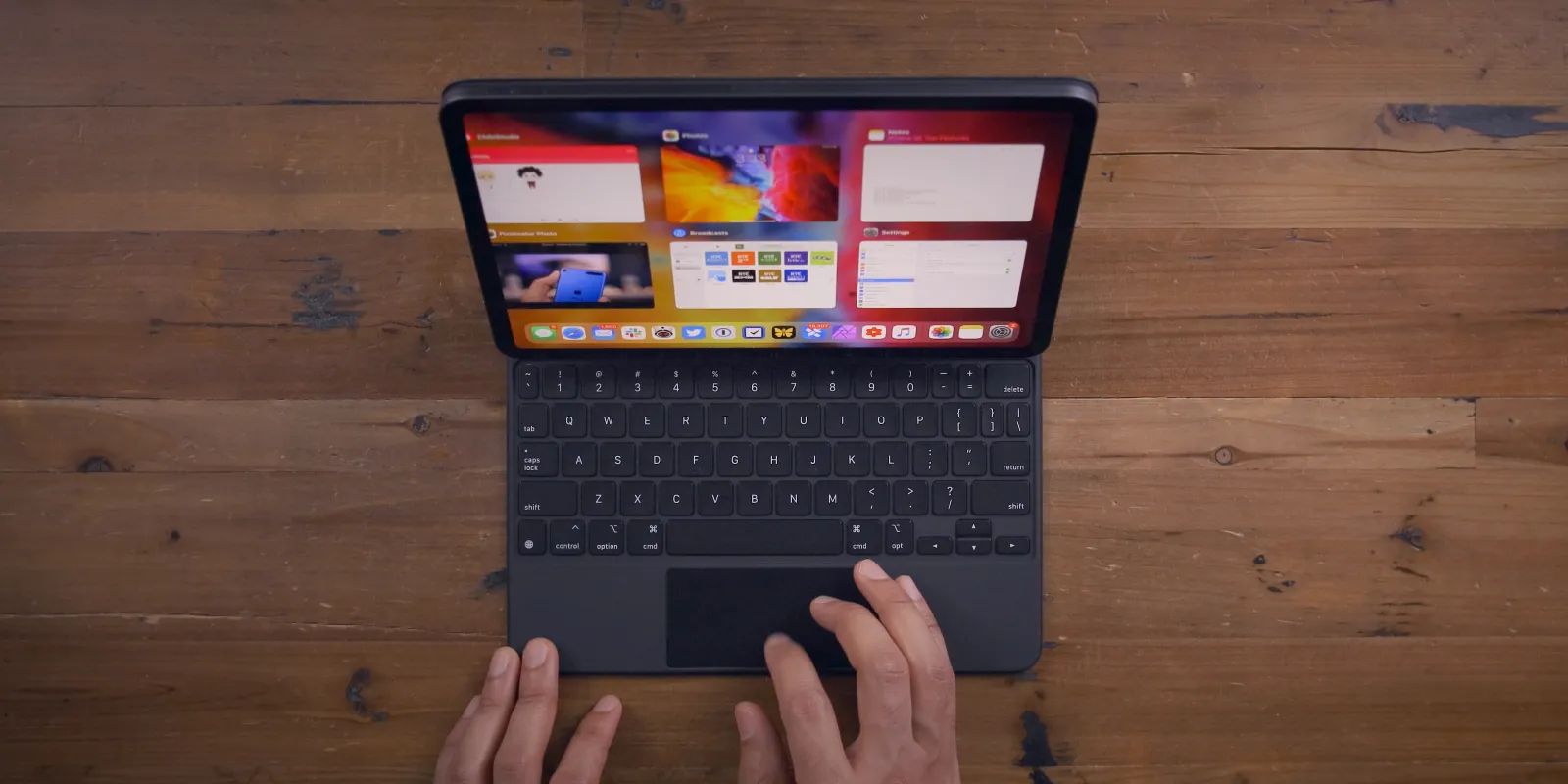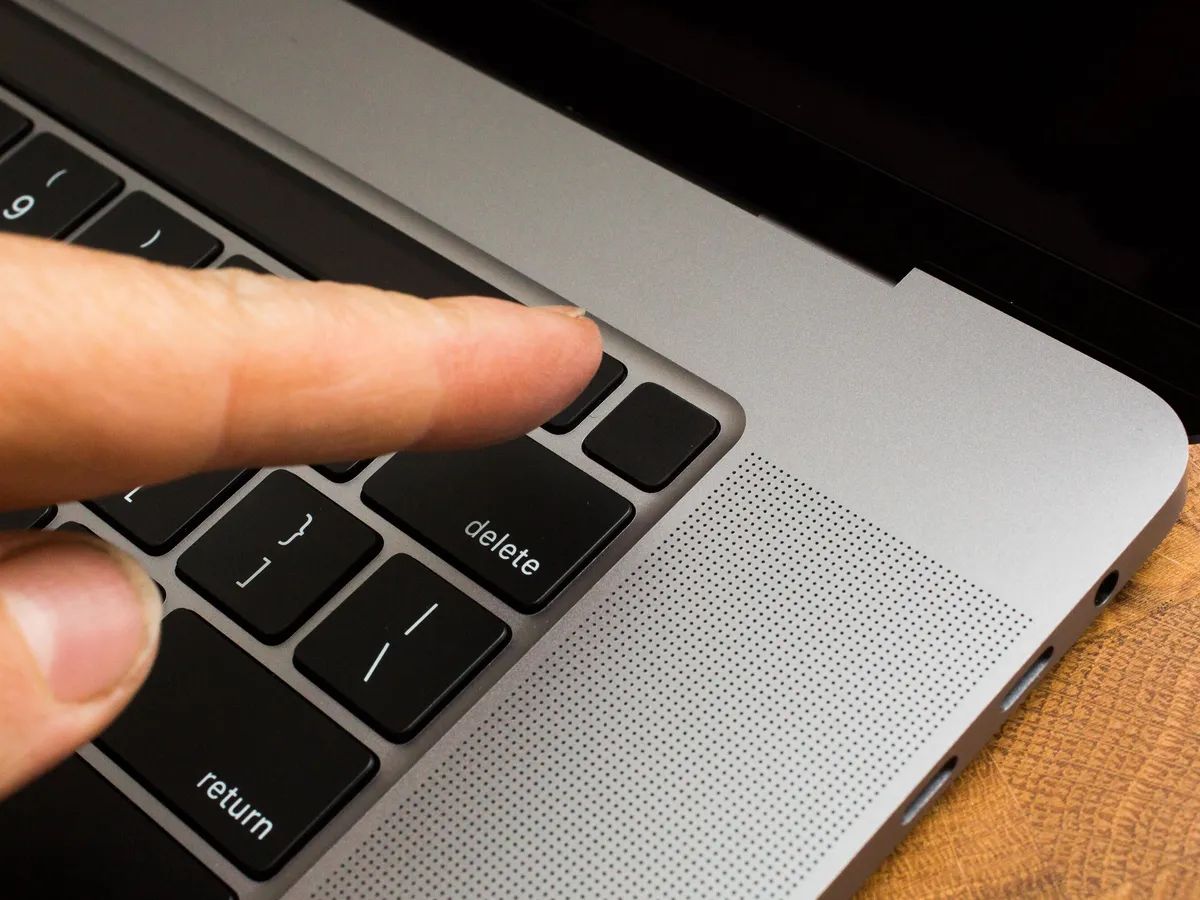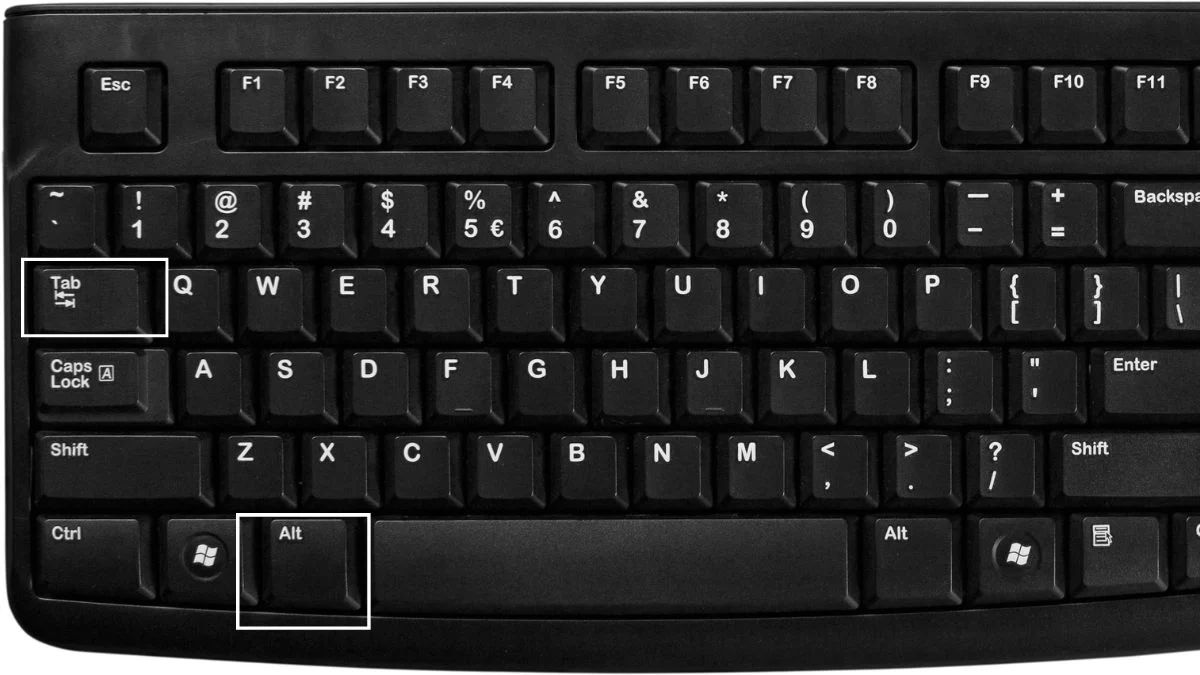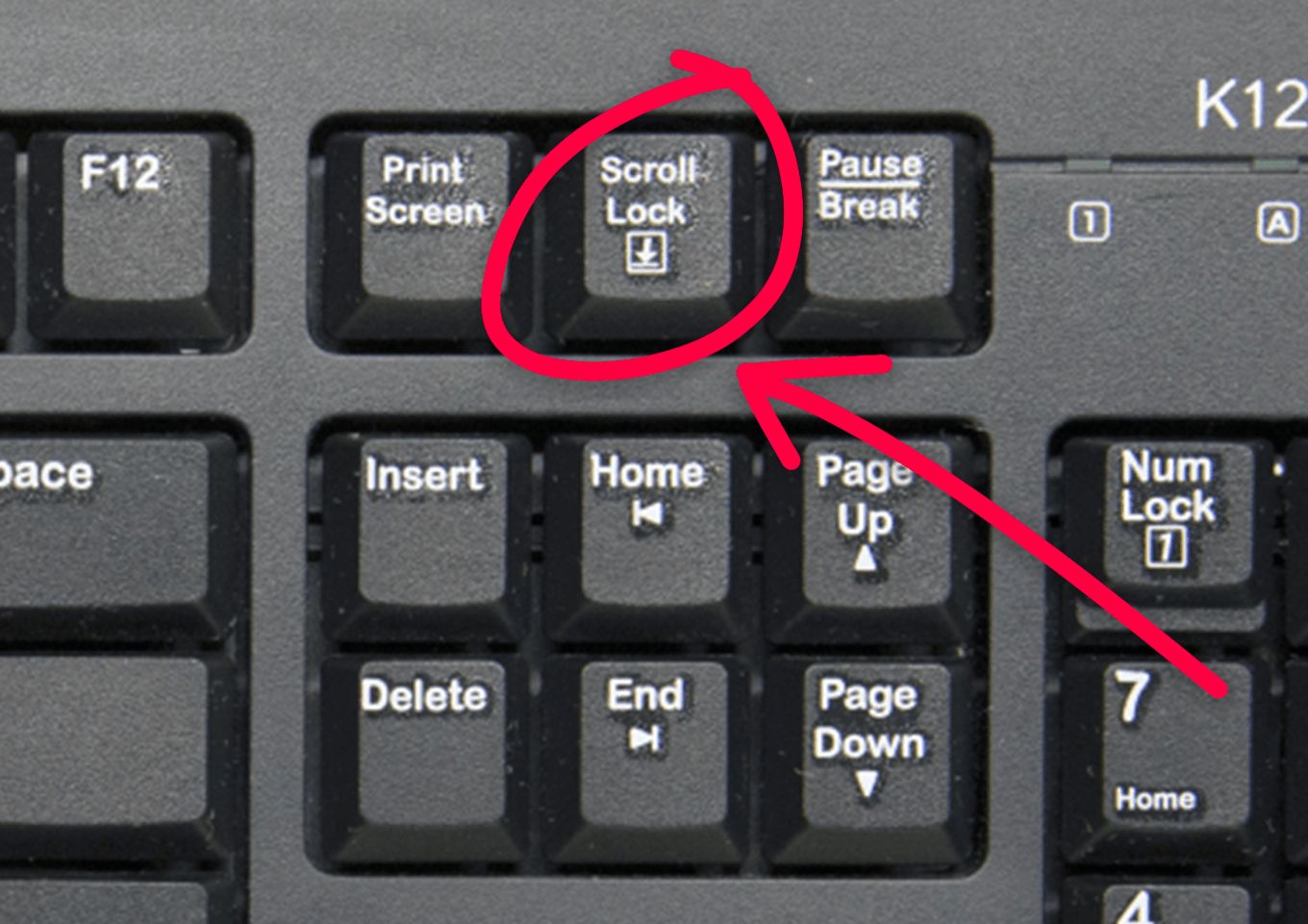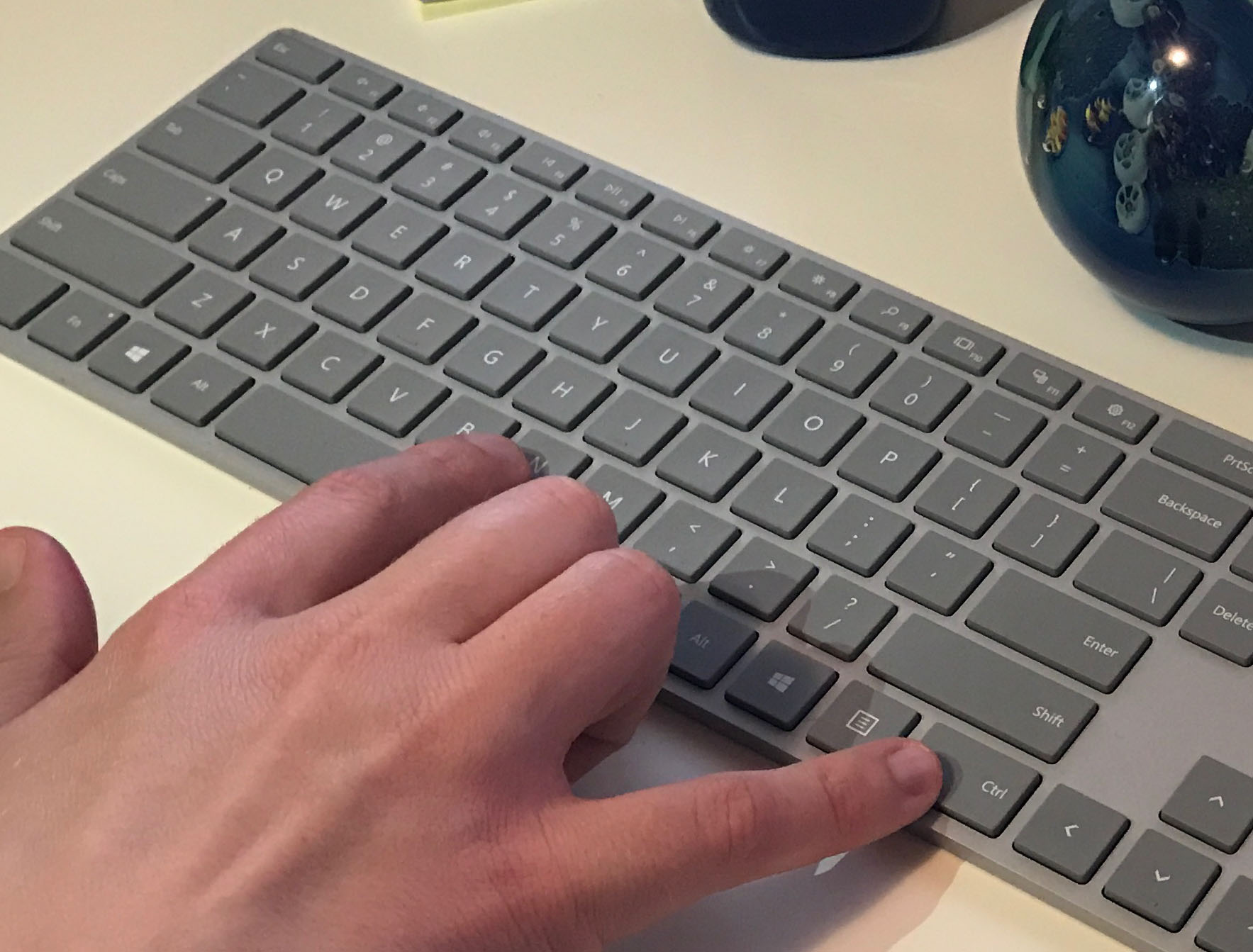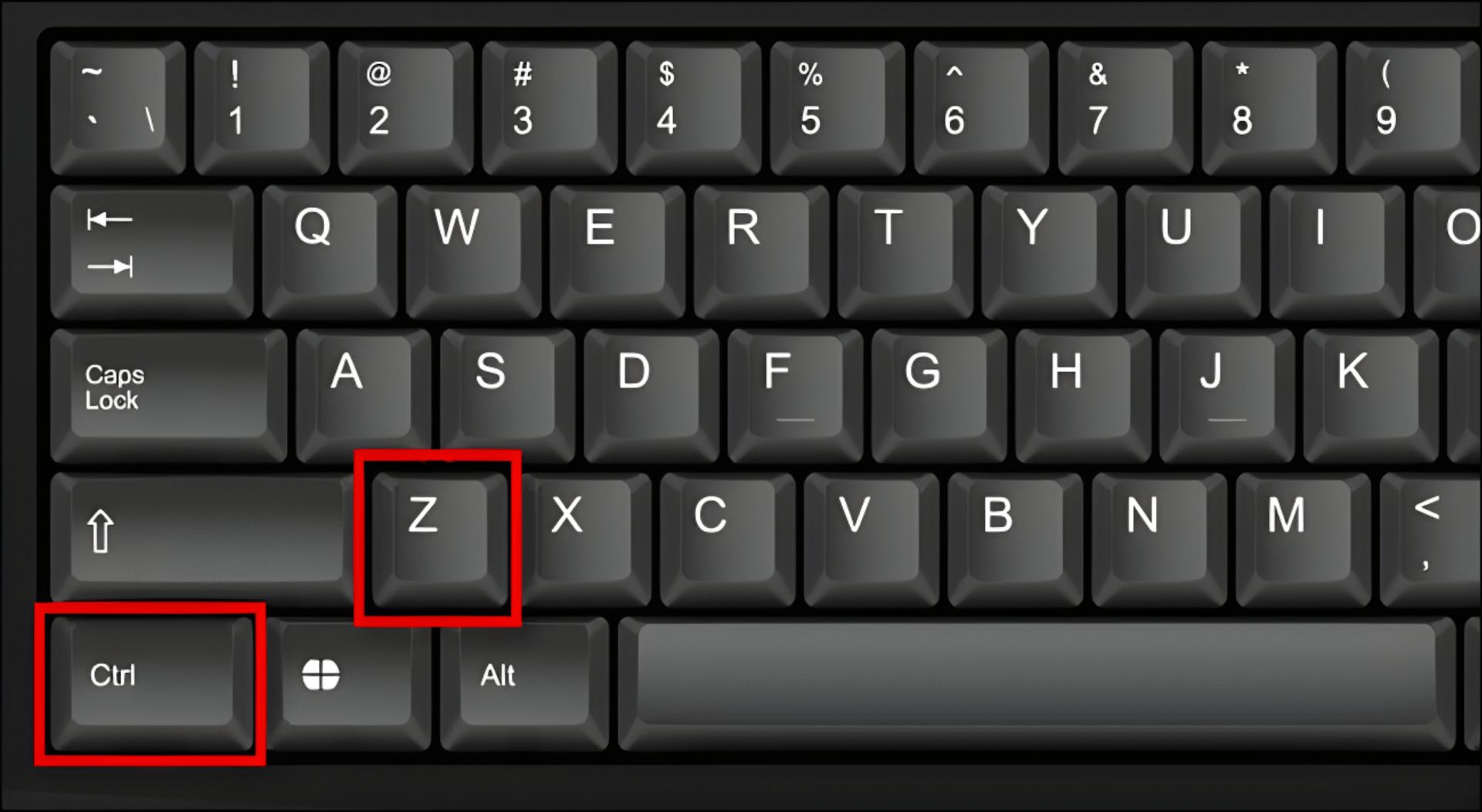Common Mac Keyboard Problems
When your Mac keyboard stops working, it can be quite frustrating and disruptive to your workflow. However, before you start to panic, it’s important to remember that there are common keyboard problems that can be easily fixed. Here are some of the most common issues that Mac users encounter with their keyboards:
- Keys not responding: One of the most common problems is when certain keys or the entire keyboard does not respond. This could be due to a physical connection issue, software conflict, or a problem with the keyboard itself.
- Typing incorrect characters: Another common problem is when the keyboard types incorrect characters or symbols. This can happen if the keyboard language settings are not properly configured.
- Sticky or stuck keys: Some keys on the keyboard may become sticky or get stuck, making it difficult to type or causing repeated keystrokes.
- Bluetooth connectivity issues: If you are using a wireless Bluetooth keyboard, you may encounter problems with the Bluetooth connection, such as intermittent disconnection or failure to pair with your Mac.
- Backlight not working: If your Mac keyboard has backlighting, you may experience issues with the backlight not turning on or adjusting properly.
These are just a few examples of the problems Mac users may face with their keyboards. Thankfully, there are a variety of troubleshooting steps you can take to resolve these issues and get your keyboard back to working condition. In the following sections, we will guide you through some of the common solutions to these keyboard problems.
Step 1: Check the Physical Connection
The first thing you should do when your Mac keyboard is not working is to check the physical connection. Sometimes, a loose or faulty connection can cause the keyboard to stop responding. Follow these steps to ensure a solid physical connection:
- Check the USB cable: If you are using a USB keyboard, make sure the cable is securely plugged into the USB port on your Mac. Try unplugging and re-plugging the cable to ensure a proper connection.
- Inspect the wireless connection: If you have a wireless keyboard, ensure that the batteries are properly inserted and have enough charge. Additionally, check if the keyboard is in pairing mode and paired with your Mac. You may need to refer to the keyboard’s manual for instructions on how to pair it with your Mac if it’s your first time using it.
- Try a different USB port: If you are using a USB keyboard and it’s still not working, try connecting it to a different USB port on your Mac. Sometimes, a faulty USB port can cause issues with peripheral devices.
- Use a different cable or adapter: If you are using an external keyboard with a USB-C port, try using a different USB-C cable or adapter to connect it to your Mac. Faulty cables or adapters can contribute to connection problems.
- Check for physical damage: Inspect the keyboard for any physical damage, such as spilled liquid or debris in the keys. If there is any visible damage, you may need to clean the keyboard or replace it if the damage is severe.
After following these steps, test your keyboard to see if it is working again. If the issue persists, proceed to the next troubleshooting step.
Step 2: Restart Your Mac
If checking the physical connection didn’t solve the issue, the next step is to restart your Mac. Restarting your computer can sometimes resolve temporary software glitches or conflicts that may be affecting the functionality of your keyboard. Here’s how you can restart your Mac:
- Click on the Apple menu: Located at the top-left corner of your screen, click on the Apple icon to open the drop-down menu.
- Select “Restart”: From the drop-down menu, click on the “Restart” option. A confirmation window will appear.
- Confirm the restart: In the confirmation window, click “Restart” to begin the restart process. Save any unsaved work before proceeding.
Once your Mac finishes restarting, test your keyboard to see if it is working. Sometimes, a simple restart can resolve the issue and restore the functionality of your keyboard. If the problem still persists, move on to the next troubleshooting step.
Step 3: Check the Battery Level
If you are using a wireless Bluetooth keyboard, one possible reason for it not working is low battery power. Checking the battery level and replacing or recharging the batteries may solve the problem. Follow these steps to check the battery level of your keyboard:
- Open System Preferences: Click on the Apple menu and select “System Preferences” from the drop-down menu.
- Select “Bluetooth”: In the System Preferences window, click on the “Bluetooth” icon. The Bluetooth settings will open.
- Check battery status: Look for your keyboard under the “Devices” list in the Bluetooth settings. If the battery is low, you may see a warning indicator next to the keyboard’s name.
- Replace or recharge batteries: If the battery level is low, replace the batteries with fresh ones or recharge the batteries if they are rechargeable. Follow the manufacturer’s instructions for proper battery replacement or recharging.
Once you have replaced or recharged the batteries, test your keyboard to see if it is functioning properly. If the issue persists, move on to the next troubleshooting step.
Step 4: Reset the Bluetooth Connection
If you are using a wireless Bluetooth keyboard and it is still not working, resetting the Bluetooth connection between your Mac and the keyboard may help resolve the problem. Follow these steps to reset the Bluetooth connection:
- Open System Preferences: Click on the Apple menu and select “System Preferences” from the drop-down menu.
- Select “Bluetooth”: In the System Preferences window, click on the “Bluetooth” icon. The Bluetooth settings will open.
- Disconnect the keyboard: If the keyboard is currently connected via Bluetooth, right-click on its name in the list of devices and select “Disconnect” from the context menu.
- Remove the keyboard: While still in the Bluetooth settings, hover your mouse over the keyboard’s name in the list of devices, and click on the ‘X’ button that appears next to it. This will remove the keyboard from the list.
- Reset the keyboard: On your keyboard, locate the power button or a reset button (if available). Press and hold the button for a few seconds to reset the keyboard.
- Pair the keyboard again: Follow the manufacturer’s instructions to put the keyboard into pairing mode. Then, in the Bluetooth settings on your Mac, click on the “Add Device” (+) button and select the keyboard from the list of available devices to pair it again.
Once the keyboard is successfully paired, test it to see if it is working. Resetting the Bluetooth connection can often resolve connection issues and restore the functionality of your keyboard. If the problem persists, proceed to the next troubleshooting step.
Step 5: Update macOS
Updating your macOS to the latest version can also help resolve keyboard issues. Software updates often include bug fixes and improvements that can address compatibility issues and enhance the performance of your Mac’s hardware, including the keyboard. To update your macOS, follow these steps:
- Click on the Apple menu: Located at the top-left corner of your screen, click on the Apple icon to open the drop-down menu.
- Select “System Preferences”: From the drop-down menu, click on “System Preferences” to open the system settings.
- Open “Software Update”: In the System Preferences window, click on “Software Update.” This will check for available updates.
- Download and install updates: If updates are available, click on the “Update Now” or “Install” button to download and install them. Make sure your Mac is connected to a stable internet connection for the update process.
- Restart your Mac: After the updates are installed, your Mac may prompt you to restart. Follow the instructions to restart your Mac.
After your Mac restarts, test your keyboard to see if it is now working properly. Updating macOS can often resolve software-related issues that may be causing keyboard problems. If the issue persists, move on to the next troubleshooting step.
Step 6: Clean the Keyboard
Dirt, dust, and debris can sometimes interfere with the keys on your Mac keyboard, causing them to stick or not register properly. Cleaning the keyboard can help resolve these issues. Here’s how you can clean your Mac keyboard:
- Turn off your Mac: Before cleaning the keyboard, it’s important to turn off your Mac to avoid any accidental key presses.
- Disconnect the keyboard: If you are using an external keyboard, disconnect it from your Mac.
- Remove loose debris: Gently turn the keyboard upside down and shake it to dislodge any loose debris or crumbs that may be trapped between the keys.
- Use compressed air: If there is still dirt or dust between the keys, use a can of compressed air to blow out the debris. Hold the can upright and use short bursts of air to prevent any liquid from coming out.
- Clean the keys: Moisten a microfiber cloth with a small amount of isopropyl alcohol or a mild cleaning solution. Gently wipe the keys, removing any dirt or grime. Make sure not to use excessive liquid, as it may seep into the keyboard.
- Dry the keyboard: Allow the keyboard to air dry completely before reconnecting or turning on your Mac.
- Reconnect the keyboard: If you are using an external keyboard, reconnect it to your Mac securely.
Once the keyboard is clean and dry, test it to see if the issues have been resolved. Regular cleaning can help maintain the performance and longevity of your Mac keyboard. If the problem persists, proceed to the next troubleshooting step.
Step 7: Check for Software Conflicts
Software conflicts can sometimes cause issues with your Mac keyboard. Certain applications or settings may interfere with the normal functioning of the keyboard. Checking for software conflicts can help identify and resolve these issues. Follow these steps to check for software conflicts:
- Quit unnecessary applications: Close any unnecessary applications that may be running in the background. Sometimes, applications can conflict with the keyboard and cause it to become unresponsive.
- Restart in Safe Mode: Restart your Mac and hold down the Shift key until the Apple logo appears. This will boot your Mac into Safe Mode, which disables certain software and extensions that could be causing conflicts.
- Test the keyboard: While in Safe Mode, test your keyboard to see if it is working properly. If the issue is resolved in Safe Mode, it indicates that a software conflict is causing the problem.
- Identify problematic software: If the keyboard works fine in Safe Mode, gradually add back the applications and extensions one by one and test the keyboard each time. This will help identify the problematic software or extension that is causing the conflict.
- Update or remove conflicting software: If you have identified a specific software or extension causing the conflict, try updating it to the latest version. If that doesn’t help, consider removing the software or extension temporarily or permanently to resolve the keyboard issue.
After resolving any software conflicts, restart your Mac normally and test the keyboard again. Checking for software conflicts can help eliminate potential issues and ensure the proper functioning of your Mac keyboard. If the problem persists, move on to the next troubleshooting step.
Step 8: Reset the SMC
If you have tried the previous steps and your Mac keyboard is still not working, resetting the System Management Controller (SMC) can help resolve certain hardware-related issues. The SMC controls various functions on your Mac, including keyboards. Here’s how you can reset the SMC:
- Shut down your Mac: Click on the Apple menu and select “Shut Down” to turn off your Mac.
- Disconnect the power source: If your Mac has a removable battery, remove it. If your Mac is a desktop model, unplug the power cord. For MacBook models with non-removable batteries, skip this step.
- Press and hold specific keys: On the built-in keyboard, press and hold the following keys together for at least 10 seconds: Shift + Control + Option (Alt) + Power button.
- Release the keys: After 10 seconds, release all the keys and reconnect the power source (if applicable).
- Turn on your Mac: Press the power button to turn on your Mac. The SMC should now be reset.
After resetting the SMC, test your keyboard to see if it is working properly. Resetting the SMC can help resolve hardware-related issues and restore the functionality of your Mac keyboard. If the problem persists, proceed to the next troubleshooting step.
Step 9: Reset the NVRAM/PRAM
If your Mac keyboard is still not working after trying the previous steps, resetting the Non-Volatile Random-Access Memory (NVRAM) or Parameter Random-Access Memory (PRAM) can help resolve certain hardware-related issues. The NVRAM or PRAM stores various settings on your Mac, including keyboard-related settings. Here’s how you can reset the NVRAM/PRAM:
- Shut down your Mac: Click on the Apple menu and select “Shut Down” to turn off your Mac.
- Press the power button: Press the power button to turn on your Mac.
- Immediately press and hold specific keys: On the built-in keyboard, immediately press and hold the following keys: Option (Alt) + Command + P + R.
- Keep holding the keys: Continue holding the keys until you hear the startup sound for the second time or see the Apple logo appear and disappear for the second time.
- Release the keys: After the second startup sound or when the Apple logo appears and disappears for the second time, release all the keys.
After resetting the NVRAM/PRAM, your Mac will continue to start up normally. Test your keyboard to see if it is functioning properly. Resetting the NVRAM or PRAM can help restore default settings and resolve certain hardware-related issues with your Mac keyboard. If the problem still persists, proceed to the last troubleshooting step.
Step 10: Use an External Keyboard as a Temporary Solution
If all the previous troubleshooting steps haven’t resolved the issue with your Mac keyboard, using an external keyboard can be a temporary solution. This will allow you to continue using your Mac while you explore further options for fixing or replacing the built-in keyboard. Here’s how you can use an external keyboard:
- Choose a compatible external keyboard: Select a keyboard that is compatible with your Mac. You can choose from USB keyboards, Bluetooth keyboards, or even wireless keyboards.
- Connect the external keyboard: If you are using a USB keyboard, simply connect it to an available USB port on your Mac. For Bluetooth keyboards, follow the manufacturer’s instructions to pair it with your Mac.
- Configure keyboard settings: Once the external keyboard is connected, you may need to adjust the keyboard settings in System Preferences to ensure proper functionality.
- Start using the external keyboard: You can now start using the external keyboard as a temporary solution. All the keys and functions should work as expected.
- Consider further troubleshooting: While using the external keyboard, you can continue to explore further options to fix or replace the built-in keyboard on your Mac. This could involve seeking professional assistance or contacting Apple Support.
Using an external keyboard can provide a temporary workaround so you can continue using your Mac. However, it is important to address the underlying issue with the built-in keyboard to ensure a long-term solution. If you plan to continue using the external keyboard, make sure to keep it clean and functioning properly.
Conclusion
When your Mac keyboard is not working, it can be frustrating, but remember that there are several potential solutions you can try. By following the troubleshooting steps outlined in this guide, you can often resolve common keyboard problems and restore functionality to your Mac keyboard.
We started by checking the physical connection and ensuring that the keyboard is properly connected to your Mac. Then, we moved on to restarting your Mac, checking the battery level (for wireless keyboards), resetting the Bluetooth connection, updating macOS, and cleaning the keyboard. Additionally, we explored checking for software conflicts, resetting the SMC, resetting the NVRAM/PRAM, and using an external keyboard as a temporary solution.
While these steps can often resolve keyboard issues, there may be cases where the problem persists or requires further assistance. If you have tried all the troubleshooting steps and your Mac keyboard is still not working, it is recommended to reach out to professional support or Apple Support for further guidance.
Remember to keep your Mac keyboard clean and well-maintained to minimize future issues. Regularly check for software updates and ensure that your Mac is running the latest version of macOS. Taking care of your keyboard and keeping your system up to date will go a long way in preventing keyboard problems in the future.
By following these steps and remaining proactive in the maintenance of your Mac keyboard, you can ensure a smooth and efficient experience while working on your Mac.









